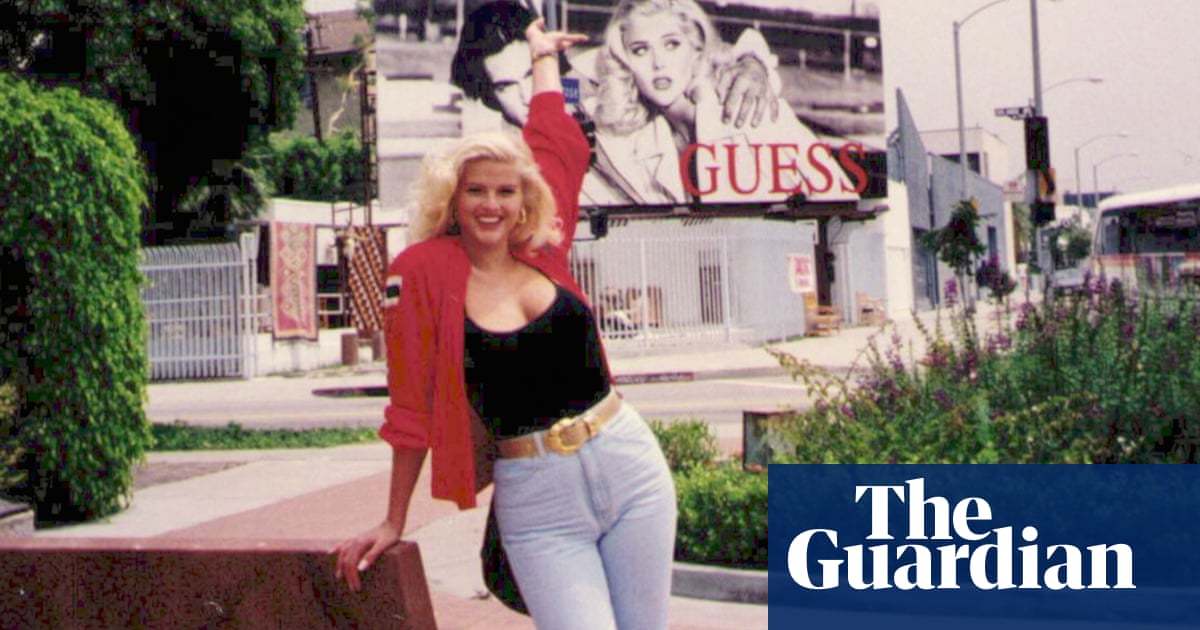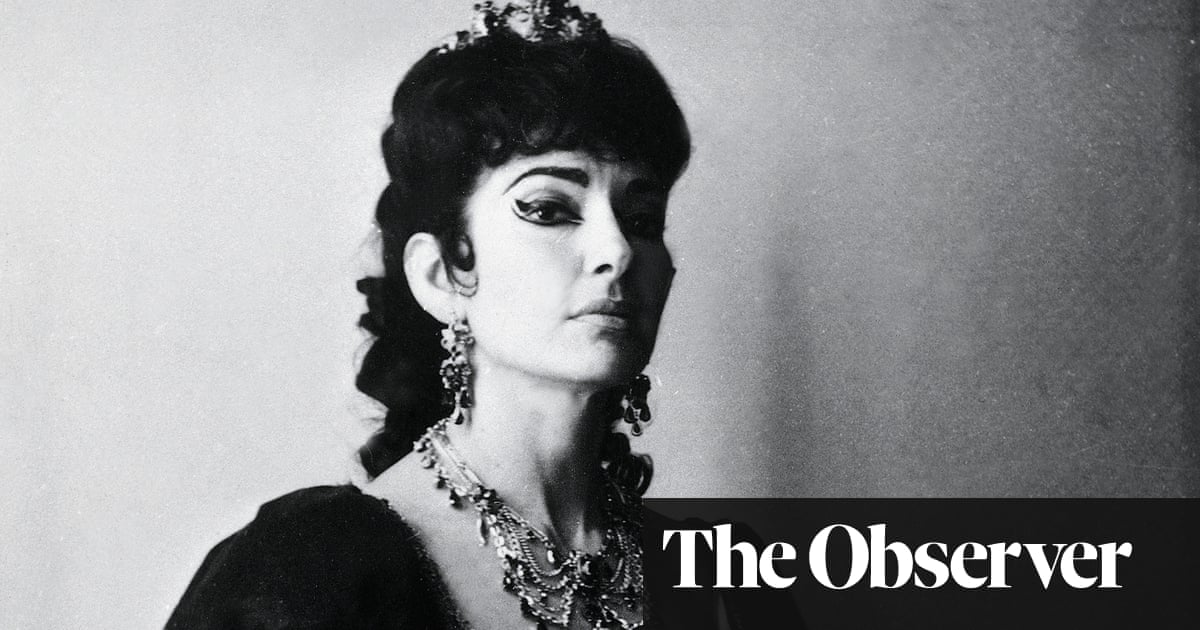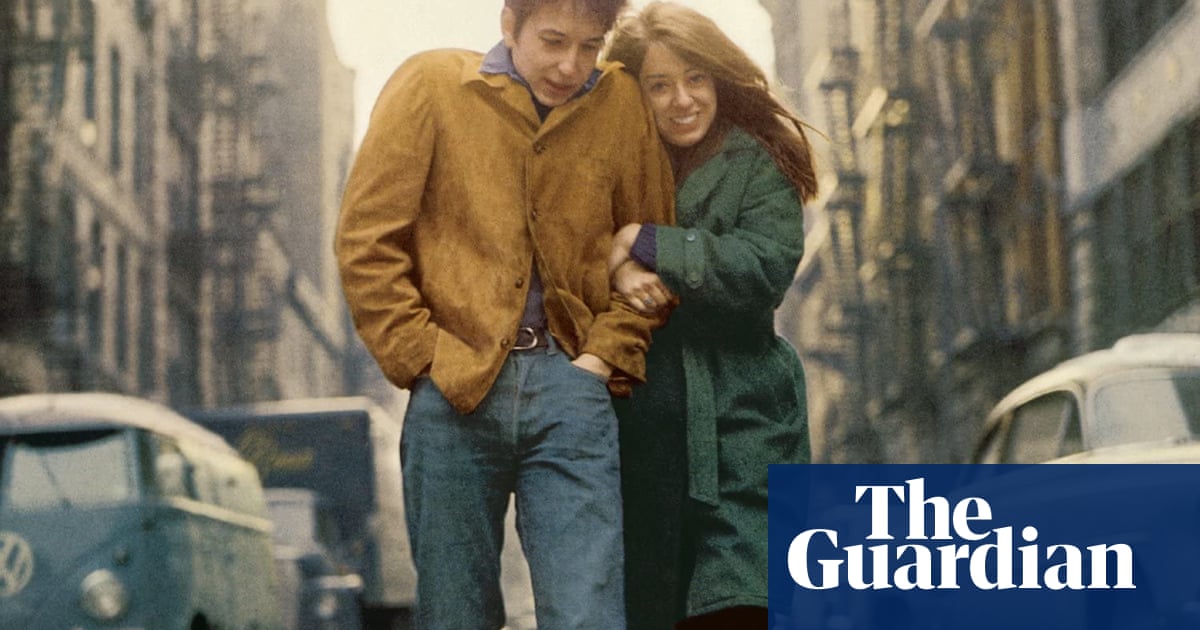
Beside the Grand Canal, on a wall of the palazzo she called home for 30 years, a portrait of Peggy Guggenheim fizzes with her larger-than-life personality, a personality that once reverberated between these walls, and across Venice. In the painting, Peggy wears a pair of her signature outsize sunglasses, and clutches three of her beloved Lhasa Apsos terriers. Today, Peggy’s palazzo is a museum housing the art collection she amassed from the 1930s to the 1970s, featuring work by everyone from Picasso to Pollock, Ernst to Kandinsky, Duchamp to Tanguy, all of whom she knew and many of whom she slept with. The portrait hangs outside the office of the museum’s director, who happens also to be Peggy’s fiercest critic. She is Karole Vail, daughter of Peggy’s son, Sindbad.
Vail has been director of the Venice Guggenheim (there are related Guggenheim museums in New York and Bilbao) since 2017, and it’s fair to say that her take on her grandmother is mired in the belief that, while Peggy was a superlative art collector, she left much to be desired as a mother and grandmother. “She was obsessed with the men in her life: she never focused on her children in the way they needed,” says Vail.
Lovers, and art, came first with Peggy Guggenheim: but just as Vail has reaped the benefits of her grandmother’s passions in her professional life, she has mourned her neglect of her family in her personal life. And yet there was a moment, Vail concedes, when Peggy really did try to give family her best shot. That episode took place far from the glamorous Venice with which she is most associated, and a long way from the New York where she was raised. It happened in a leafy corner of Hampshire, and this summer, Petersfield Museum will play host to an exhibition focusing on this little-known period in Peggy’s biography, with works by Ernst, Tanguy and Henry Moore lent by the Venice Guggenheim.
In 1934, Peggy’s life – which had already been punctuated by dramas and tragedies, including her father Benjamin’s death on the Titanic, the death of her sister Benita in childbirth, and the loss of her other sister Hazel’s two young sons who fell from the top of a New York skyscraper in 1928 – was again in meltdown. She had been living in Devon; her marriage to Laurence Vail, father of her two children, had ended acrimoniously – and her next love affair, with literary critic John Holms, had ended suddenly with his death during what should have been a routine operation, when he failed to come round from the anaesthetic. However, Peggy was never without a lover for long, and she soon began a new relationship with the communist writer Douglas Garman. In her autobiography, Out of this Century: Confessions of an Art Addict, she relates almost as an aside that she had decided to end her life, so when the couple decided to buy a place to live in Hurst, just over the Sussex-Hampshire border near Petersfield: “I put the house in Garman’s name as I intended to die.” But in the next sentence the story changes abruptly: “Of course I didn’t [die] and I went to live in the house instead.”
Her new home was called Yew Tree Cottage, though Peggy describes it as having four bedrooms and two sitting rooms, one with a fireplace so big you could sit in it. By her standards, though, it was “small”: the big appeal was the grounds, which ran to an acre, with a stream running through. The reason for moving to Hurst was that her daughter, Pegeen, two years younger than Sindbad, wanted to attend the same school as Garman’s daughter, and Hurst was on the right bus route.
At first, it was just Peggy and Pegeen – and a maid, of course – at Yew Tree Cottage. After the divorce from Laurence Vail, Sindbad had gone to live with his father and his new wife; this separation of the siblings was one of many decisions that Karole Vail believes made life extremely difficult for her father and her aunt. But then Garman and his daughter, Debbie, moved in with Peggy; and it was at this point that Peggy seems to have discovered an unlikely new side to herself. In her autobiography she describes how she was, once again, the mother of two children; and this time, she seems to have enjoyed it more. She threw herself, against all odds, into domesticity.
Though Vail is not inclined to praise of any kind when it comes to her grandmother, she does concede that the five years Peggy spent in Hampshire show her in a different light. She was, Vail believes, “trying to find herself – she was figuring herself out, trying to understand herself better. She was trying to be domestic; she had been raised by nannies and governesses. Maybe she wanted to be a hands-on mother, and just didn’t know how.” In her autobiography, Peggy describes herself in these years as being so domestic she did little more than look after Pegeen and Debbie: she describes a simple, home-based life in which she read to the children before bedtime, watched them act out little plays in outfits from the dressing-up box, and cared for them when they were sick. For Peggy, it was almost certainly the nearest she ever got, in a life that would stretch across nine decades, to something like a “normal” existence.
It didn’t last. Peggy and Garman were, as she recorded in her diary, “fighting all day, f… all night”. She went to Paris, to stay in the Hotel Crillon; and it was in Paris at the end of 1937 that she met her next lover, Samuel Beckett, who “spoke very seldom and never said anything stupid”. He came to stay one weekend at Yew Tree Cottage. Up to this point Peggy had preferred paintings by old masters; Beckett told her “one had to accept the art of our day as if it was a living thing”. With this, her life’s work was set: “She went on to devote her life to something very different [from her family],” says Vail. “And that was art.”
Peggy became one of the most important figures in the 20th-century art world, a renowned collector who managed to snap up hundreds of works by big-name artists on the eve of the second world war. In 1938 she opened what would be a landmark London gallery, Guggenheim Jeune, and the Petersfield exhibition will explore how she began to plan that from Yew Tree Cottage. She would go on to found a gallery in New York, where her proteges included Jackson Pollock and Mark Rothko, before moving to live in Venice, where she bought her palazzo and filled it with paintings, collages and sculptures.
And yet for Vail, born in 1958 and raised in Paris, her famous grandmother was rarely mentioned. “My father hardly ever talked about Peggy. There had been so many difficulties, and their relationship was fraught – he and Pegeen had suffered badly with the divorce.” Her father wanted to shield her from the fallout of a high-profile grandmother whose life was often seen as outrageous – Peggy said she had more than 1,000 lovers in her time, and was more than forthcoming about her sex life in her autobiography, and in general conversation.
Vail agrees that there’s value in a woman, especially in Peggy’s era, being so candid and straightforward about things that were often hardly mentioned. But that didn’t make her a good grandmother, she says. “We would come to stay in Venice, here in the palazzo, sporadically for holidays,” she recalls, “but it was never very child-friendly.” Later, in her teenage years, Vail spent some time there without her parents. “I don’t have particularly fond memories of Peggy from that time. She was a bit overwhelming and she would ask very direct and embarrassing questions – it was terrible for a young teenager, to have your grandmother asking about your sexuality and your boyfriends, often with other people listening.”
After school, Vail studied at Durham University, then lived in Florence for 12 years, where she worked in publishing. “But I couldn’t ignore my grandmother for ever,” she says. For the centenary of Peggy’s birth, in 1998, she pitched a show to the New York Guggenheim, and then got a job there, working her way up from being a curatorial assistant. In 2017, when the directorship of Guggenheim Venice became vacant, “the opportunity felt too good to be true”. Married to the abstract painter Andrew Huston – who pops into her office briefly during our chat to collect the couple’s Irish terrier, Briccolo, who’s been sitting quietly beside the desk – Vail says she has always needed to earn her living, and had long been a fan of the collection her grandmother amassed. She doesn’t dodge the difficult issues. “There’s always the question of nepotism [but] I always worked hard and that was recognised. There were many candidates for the job and I was deemed the right person to do it.”
The grandmother she spent so long trying to avoid is, of course, ever present: but these days, Vail says, she often forgets Peggy is a relative at all. She doesn’t feel she has much in common with her: she admires her sense of style, she says, but it’s very different from her own way of dressing (when we meet, she’s in smart slacks and a pullover – far from the ostentatious, brightly coloured outfits Peggy was photographed wearing). “I feel I’ve connected with the best of her,” she says. “ I care very much about the collection, and I hope she’d be pleased and happy that one of her grandchildren is looking after it for her.”












